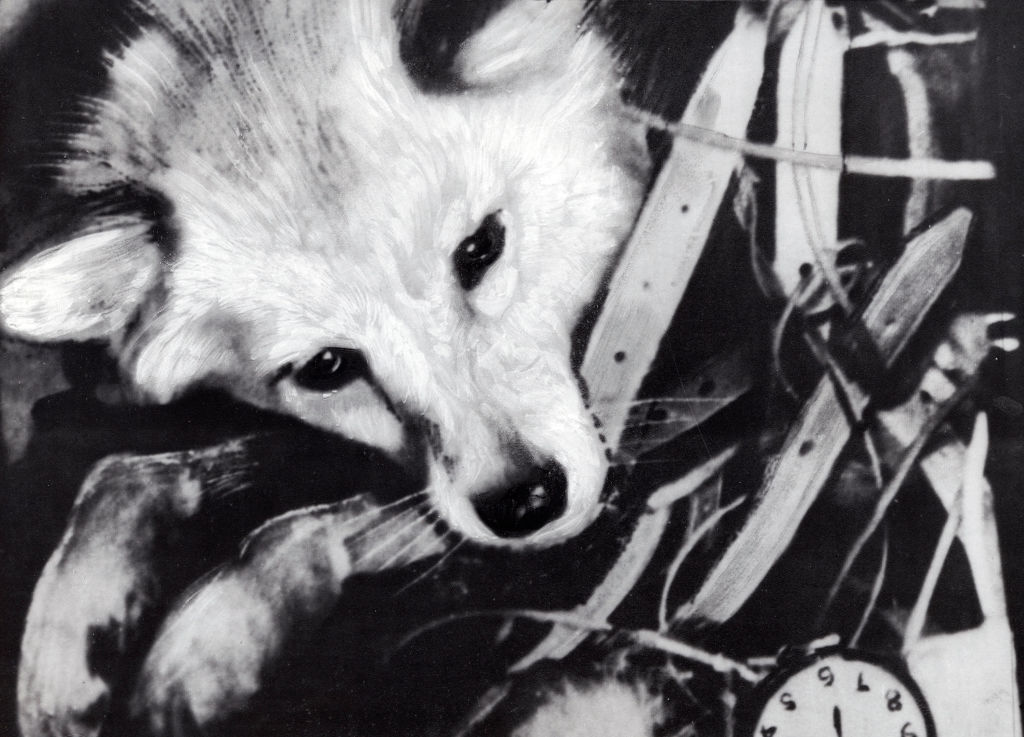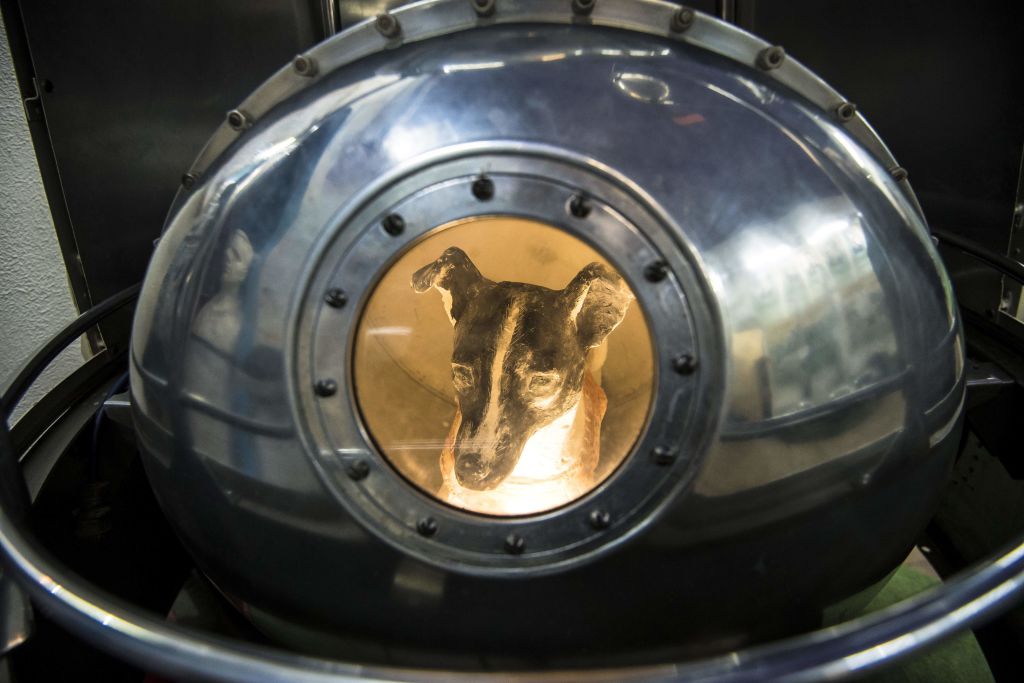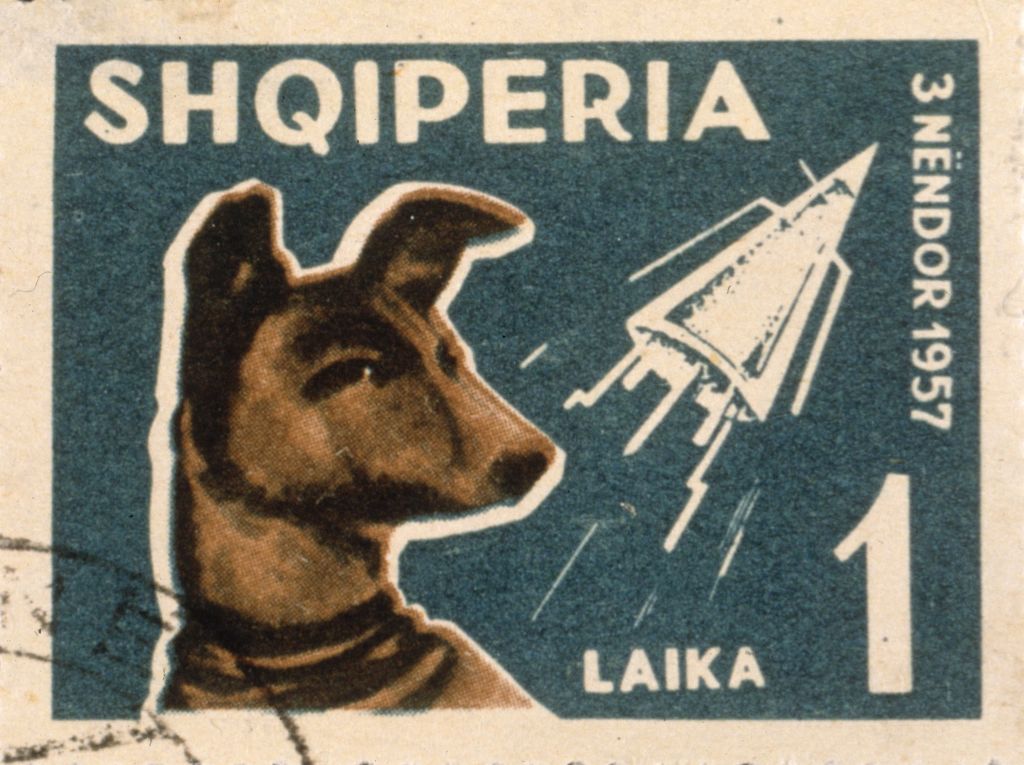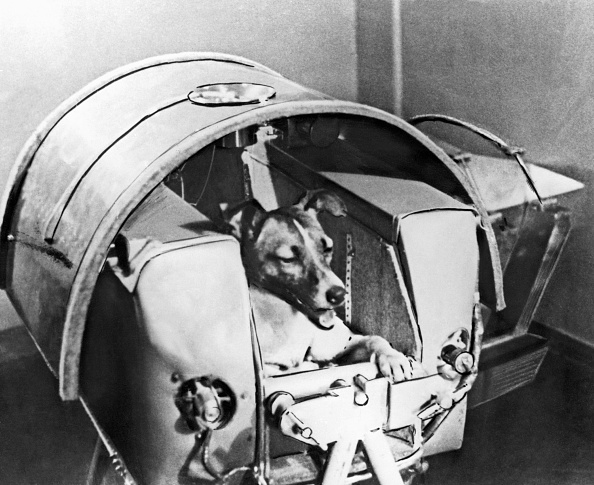You’ve probably heard about Neil Armstrong who landed on the moon. But have you heard of Laika? This is the story of one very special stray dog who became the first living being to orbit Earth. Her mission was a big moment in space history.
The space race between the Americans and the Soviets was intense

The Americans and Soviets were doing whatever they could to outdo one another during the Cold War. A Soviet leader then came up with the idea to send a living being to space. It was clearly a big risk, but one that could pay off big time.
Scientists had no clue about how space could affect living beings — sending animals to space was the only way to learn.

No human had ever been in space and scientists were unsure of the effects of its vacuum on the human body, so sending an animal was their best way to find out. The main goal was to eventually send humans up there safely — unfortunately, an animal had to pay the price.
Laika was selected because she was a stray, meaning she was used to harsh conditions.

Laika, which means “bark” in Russian, was just a three-year-old stray. They chose strays for such risky experiments because they were thought to be tough. Unfortunately, this meant Laika faced risks beyond her control.
After they chose her, she had to go through some dead-serious training.

She had to learn how to eat jellied food. Scientists spun her in a centrifuge so she would get used to gravitational changes. It was important for the mission, but definitely not easy for the little dog.
Soviet physicians chose Laika to die, but they were not completely heartless.
Embed from Getty ImagesVladimir Yazdovsky, one of her keepers, took 3-year-old Laika to his home shortly before her flight because he “wanted to do something nice for the dog,” he recalled.
Sputnik 2 was launched on November 3, 1957, and Laika suddenly became famous.
Embed from Getty ImagesEveryone was talking about this little dog who bravely went to space all alone. But what most didn’t know was that Laika’s fate was already decided before the mission even started.
Official reports on Laika’s survival were inaccurate.

Soviet officials claimed that Laika lived for six to seven days in orbit. But actually, she survived only five to seven hours. “She died from panic and overheating,” Russian scientist Dimitri Malashenkov revealed later in 2002.
The spacecraft had big problems that made things worse for Laika.

The thermal system didn’t work correctly, leading to overheating. Some parts of Laika’s ship broke when the rocket took off.
Monitors showed that Laika’s heart was racing, and it never calmed down. Her sad death showed just how hard and dangerous space travel was back then.
Her journey actually paved the way for future missions.

After Laika’s death, the Soviets kept experimenting on sending dogs to space. In 1960, two dogs, Belka and Strelka, became the first living beings to orbit Earth and return safely. If it wasn’t for Laika’s mission, they wouldn’t have made it back safely.
Laika will always have her place in history as a brave little dog who made a big sacrifice.

Her story is an important part of space history. And although her journey had a tragic end, Laika’s mission helped pave the way for space exploration. She will always be remembered as one of the first pioneers.















































